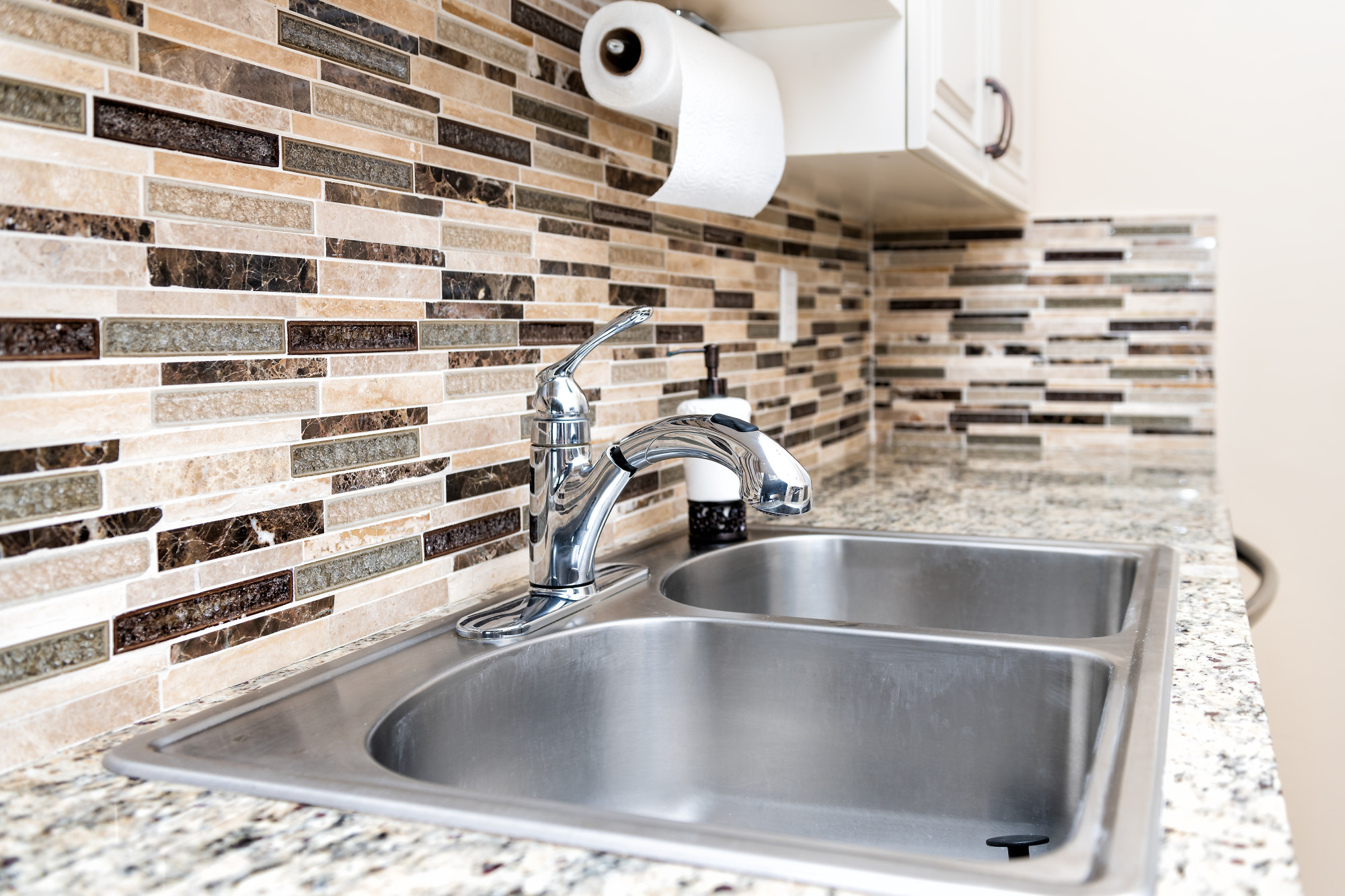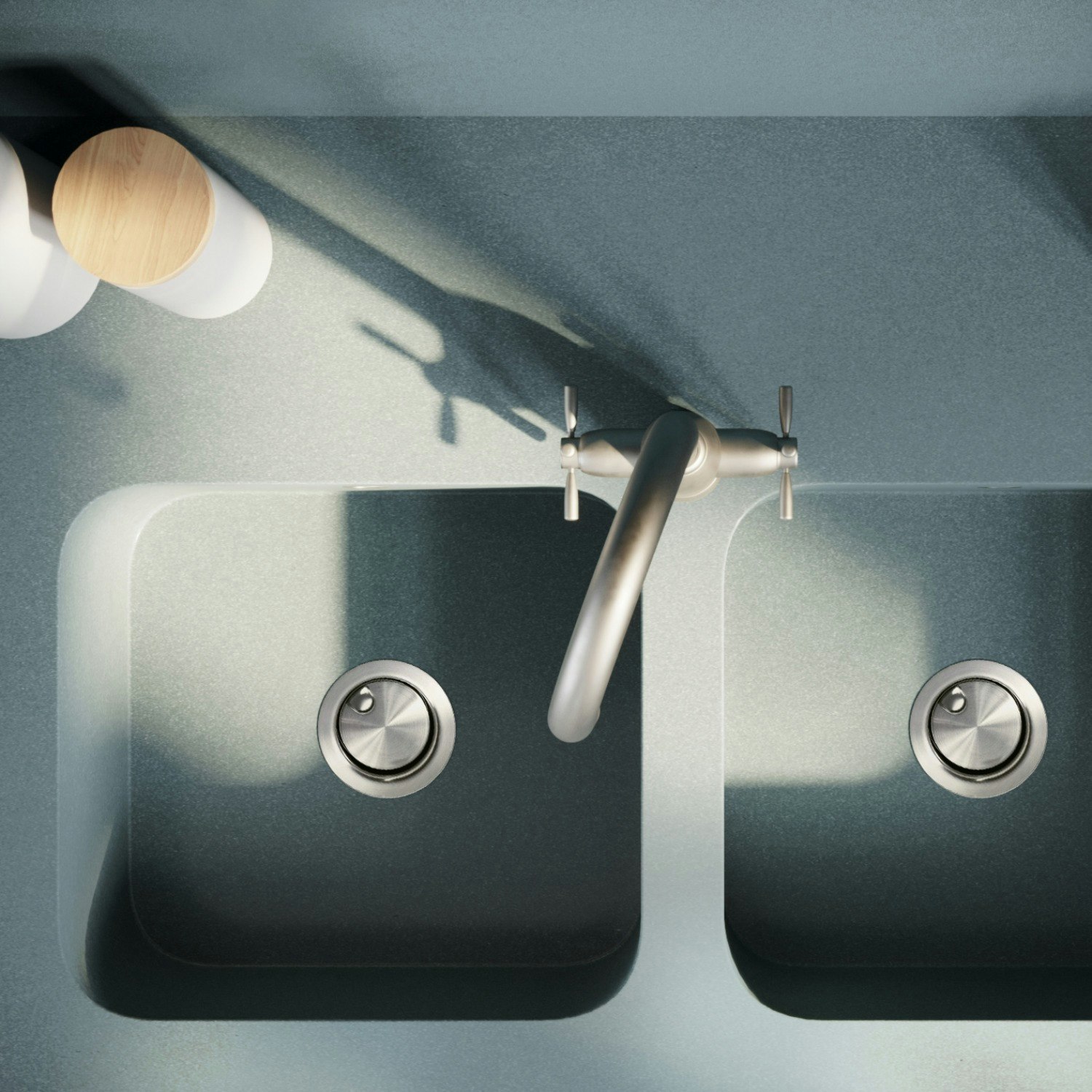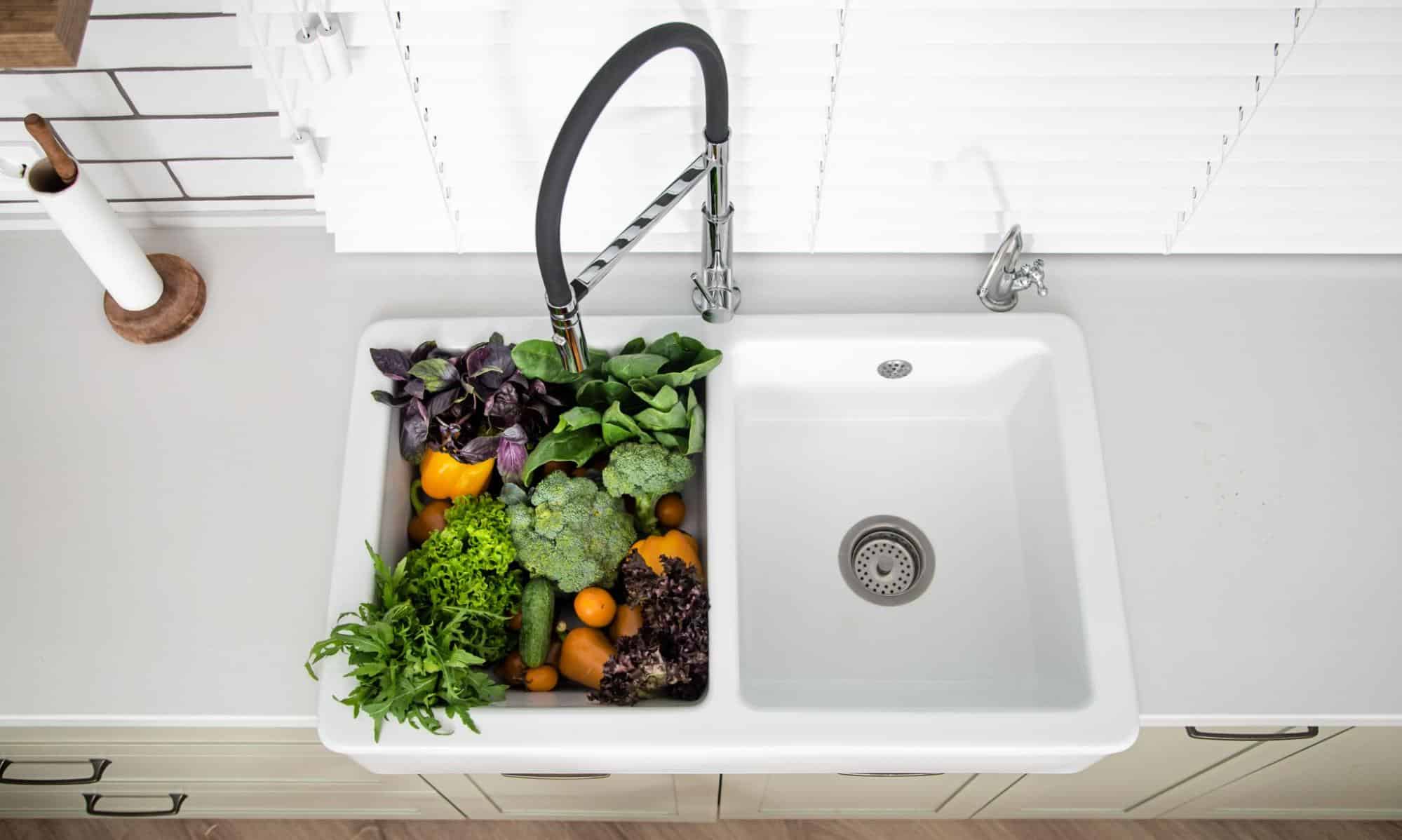Introduction: The Heart of the Kitchen
The kitchen sink is more than just a utilitarian fixture; it’s the focal point where functionality meets design, a testament to the harmony of practicality and aesthetics in your culinary space. When embarking on a kitchen renovation, selecting the right sink material is a crucial decision that can significantly impact both the look and longevity of your kitchen. This guide delves into the essentials, exploring various materials, their characteristics, and how to choose the best fit for your lifestyle and design preferences.
1. Stainless Steel: Timeless Elegance Meets Durability
Stainless steel sinks have long been a popular choice due to their durability, easy maintenance, and affordability. They offer a sleek, modern appearance that complements most kitchen designs. Resistant to corrosion and stains, they are also incredibly hygienic, making them ideal for food preparation areas. However, be mindful of noise levels; choosing a model with sound-absorbing pads or undercoating can mitigate this issue.

2. Granite Composite: A Touch of Luxury
Granite composite sinks, crafted from a blend of granite particles and resin, provide the aesthetic appeal of natural stone without the high price tag or fragility. These sinks are highly resistant to scratches, heat, and stains, ensuring they maintain their beauty over time. Available in a range of colors to match your countertops, granite composites add a touch of elegance and sophistication to any kitchen.
3. Fireclay: Timeless Charm and Durability
Fireclay sinks, made by fusing clay at high temperatures, are known for their resilience and timeless appeal. With a glossy, easy-to-clean surface, these sinks are resistant to chips, scratches, and stains, making them an excellent choice for busy kitchens. Their classic farmhouse style, often featuring an apron front, adds a rustic yet refined touch, enhancing the traditional or country-style kitchen aesthetic.
4. Copper: A Warm and Unique Addition
Copper sinks bring a warm, inviting glow to the kitchen, offering a distinct character unmatched by other materials. Known for their antimicrobial properties, copper sinks naturally inhibit the growth of bacteria, promoting hygiene. Over time, copper develops a patina, adding depth and uniqueness to its appearance. However, they require more maintenance to preserve their finish and can be relatively expensive.

5. Cast Iron: Classic Beauty with Modern Durability
Cast iron sinks, coated with a layer of enamel, combine vintage charm with contemporary durability. Enamel-coated cast iron is resistant to scratches and stains, and its non-porous surface makes it easy to clean. Available in a range of colors, these sinks add a touch of nostalgia to any kitchen design. While heavy and requiring careful installation, their longevity and classic appeal make them a worthwhile investment.
6. Concrete: Customizable Industrial Chic
Concrete sinks offer a modern, industrial look with unparalleled customization options. They can be cast in various shapes and sizes, and even tinted to match or contrast your countertop. While they exude a raw, minimalist elegance, concrete sinks require sealing to prevent staining and may be susceptible to cracking if not installed and maintained properly.

7. Natural Stone: Unmatched Beauty and Individuality
Sinks carved from natural stones like marble or soapstone offer unparalleled beauty and individuality, with each piece showcasing unique patterns and veining. While they bring a sense of luxury and elegance, natural stone sinks can be porous, requiring regular sealing to prevent staining. Additionally, they are heavier and more prone to chipping compared to composite materials.
8. Factors to Consider in Your Selection
- Durability: Assess your usage patterns to determine the level of wear and tear your sink will endure.
- Style & Design: Ensure the sink complements your overall kitchen design, whether it’s modern, traditional, or somewhere in between.
- Maintenance: Consider how much effort you’re willing to put into cleaning and upkeep.
- Budget: Sinks can vary widely in price; set a budget and find the best material within your means.
- Installation Requirements: Some sinks may require specific cabinetry support due to their weight or installation complexity.
9. Making the Final Decision: A Balanced Approach
Choosing the perfect sink material involves balancing aesthetics, functionality, and budget. Reflect on your lifestyle, cooking habits, and design aspirations. Visit showrooms, touch and feel different materials, and visualize how each would integrate into your kitchen space. Don’t hesitate to consult with a kitchen designer or renovation expert who can provide insights tailored to your unique needs.

10. Smart Sinks: Technology Meets Kitchen Convenience
Innovations in technology have extended to kitchen sinks, offering features that elevate functionality to new heights. Smart sinks can include integrated faucets with touch-free operation, using motion sensors to reduce the spread of germs. Some models feature built-in LED lighting for task illumination or even incorporate water filtration systems, ensuring clean, fresh water for drinking and cooking. Advanced models might also have a connected app, allowing you to monitor water usage or even set temperature preferences. When considering a smart sink, factor in compatibility with your existing smart home systems and assess the value-added features against your lifestyle needs.
11. Sustainable Options: Eco-Friendly Sink Materials
As environmental concerns rise, many homeowners seek eco-friendly alternatives for their kitchen renovations. Recycled glass composite sinks are a striking option, made from post-consumer glass mixed with a resin binder. They offer a unique, shimmering appearance while diverting waste from landfills. Bamboo sinks, another sustainable choice, are lightweight yet durable, with natural antibacterial properties. Although less common, these sinks contribute to a reduced carbon footprint and align with green living principles.
12. Vessel Sinks: A Stylish Detour from Tradition
For those seeking a bold statement in their kitchen design, vessel sinks provide a dramatic departure from conventional undermount or drop-in sinks. Typically seen in bathrooms, vessel sinks sit atop the counter, showcasing their unique design and material. In the kitchen, they can be a conversation starter, available in materials ranging from hand-blown glass to natural stone or even metal. While they offer aesthetic appeal, consider practical aspects such as ease of use, cleaning, containment before committing to this unconventional choice.

Conclusion: Sinking into Perfection
Your kitchen sink is not merely a place to wash dishes; it’s a central element that reflects your taste, lifestyle, and the heart of your home. By carefully considering the array of materials available, weighing their pros and cons against your personal preferences and requirements, you can ensure that the sink you choose enhances both the practicality and the aesthetic appeal of your kitchen renovation. Ultimately, the best sink material is one that marries form and function seamlessly, standing the test of time while bringing joy to your daily routines.


